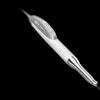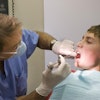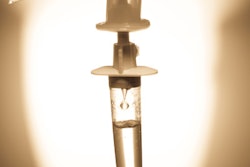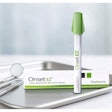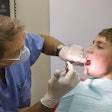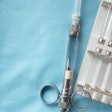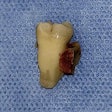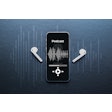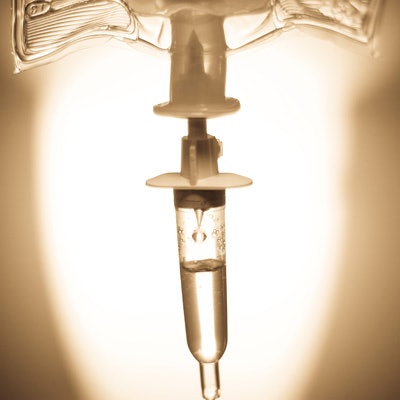
Every practitioner has a preference for which anesthetic to use for adult patients with severe dental anxiety. But, of sevoflurane or propofol, which do patients prefer?
Researchers from Japan wanted to answer that question, recognizing that these patients will likely need to be sedated for future treatment to take place. They published their research in Anesthesia Progress (Winter 2016, Vol. 63:4, pp. 175-180).
"We, therefore, performed a crossover study to determine which was more preferable for ambulatory anesthesia between propofol and sevoflurane based on the comparison of the recovery profile and patient satisfaction after anesthesia," Keita Ohkushi, DDS, PhD, and co-authors wrote.
Dr. Ohkushi is an assistant professor in the department of dental anesthesiology at the Tokyo Dental College.
Fatigue cited
Every office has adult patients who are severely anxious at the thought of treatment. These patients sometimes need to be anesthetized for treatment to occur. So researchers from Japan wanted to see which anesthetic patients preferred for ambulatory anesthesia: propofol alone or sevoflurane alone. Both are currently used for ambulatory anesthesia, and patients emerge rapidly after discontinuation.
“Propofol may be more suitable for ambulatory anesthesia for dental treatment.”
The study included 20 adult patients with severe dental anxiety who needed at least two dental treatments. All patients received both propofol and sevoflurane in this study, allowing for a direct comparison. No coadministered drugs were used.
Anesthesia was induced with propofol (1% Diprivan injection kit, AstraZeneca) with predicted effect site concentration at 3.5 μg/mL in the patients who received propofol. In the sevoflurane group, anesthesia was induced with 3% sevoflurane (Sevofrane, Abbott Japan) using a face mask with supplemental oxygen at 6 L/min.
The effect site concentration of propofol and inhaled concentration of sevoflurane were adjusted to maintain bispectral index monitoring (BIS) value at 40 to 60 under inhalation of oxygen at 1 L/min and air at 3 L/min. Patient observation was done in the emergence phase, the recovery phase, and 24 hours after discharge.
The authors reported that time to emergence was shorter with sevoflurane anesthesia than with propofol anesthesia, but they found no difference in time to full recovery.
No participants in the propofol group reported nausea or vomiting during the recovery phase, while three of 20 in the sevoflurane group did. The average time to discharge was slightly faster for the propofol group (169 ± 45 minutes compared with 176 ± 48 minutes). The authors also reported no differences between the groups in time to first meal or fluid, on telephone follow-up about 24 hours afterward.
When asked on follow-up about satisfaction and preference, the 16 patients said they would choose propofol, and four said they would choose sevoflurane in the future (see table below).
| Patient preference for propofol vs. sevoflurane | ||
| Reason | Propofol (n = 16) |
Sevoflurane (n = 4) |
| Comfortable | 2 | 2 |
| Discomfort after sevoflurane | 5 | 0 |
| Fatigue after sevoflurane | 9 | 0 |
| Pain on injection by propofol | 0 | 2 |
Patient choice
The authors listed two potential limitations of their study:
- Propofol anesthesia provides less muscle relaxation, which may lead to an "easier occurrence" of patient body movement during treatment.
- The study included a small sample size.
They suggested that future studies consider the use of a continuous infusion of muscle relaxants to address the potential for body movement. Addressing the sample size question, their analysis suggested the total number of patients was "adequate."
The authors noted that patients with severe dental anxiety are likely to need general anesthesia for future treatment, making their preferred anesthetic an important choice for treatment.
"Propofol may be more suitable for ambulatory anesthesia for dental treatment," they concluded.
